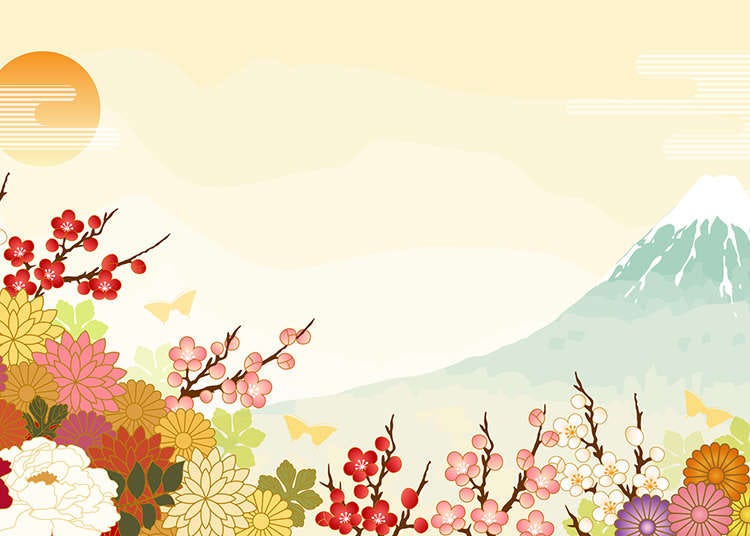History
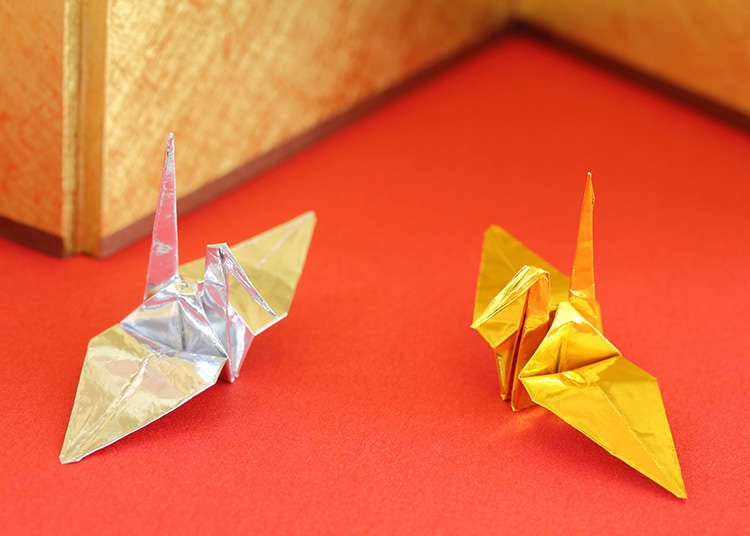
Japanese artworks are believed to go back as far as the B.C. era. The prehistoric people of Japan created Jōmon pottery (named after the era during which they were created), a type of earthenware with a rope-like pattern, decorated with clay figures, magatama (comma-shaped beads) and jade. Many artworks were closely related to religions at the beginning, but then gradually developed into popular culture. It became a type of hobby or entertainment enjoyed to be enjoyed by anyone.
Waka and Haiku
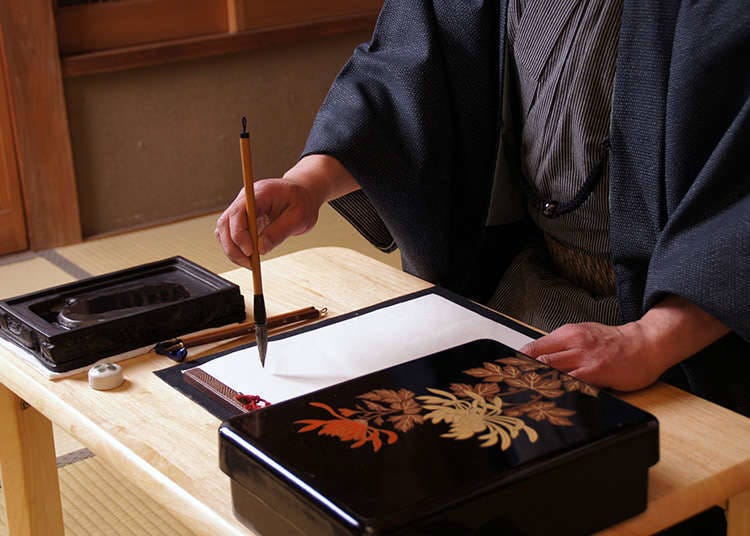
Waka (literally, "Japanese song") is a style of poetry particular to Japan. A lot of refined waka are recorded in old history books, and various expression methods are established, from poems of the nobility to those of the general population. In post-modernism, Haiku, a 3-line poem with each line containing 5, 7 and 5 Japanese characters respectively, and including a kigo (a word or phrase associated with a particular season), was established.
Japanese Gardens

Many gardens which are artificially made to imitate nature can be strolled through and admired. Natural elements, such as stone gardens, plants and ponds, as well as architectural structures, are carefully placed to create a whole world.
Lacquerware
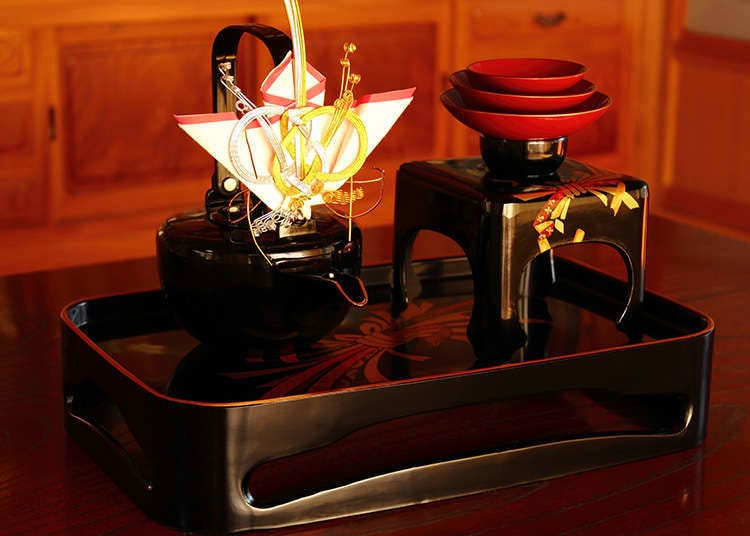
Lacquerware is a craft where materials such as wood and paper are coated in various layers of lacquer and printed with images. Various pictures are made by setting, sprinkling and carving gold dust and pigments. Each region has its own type of traditional lacquer craft.
Ukiyo-e
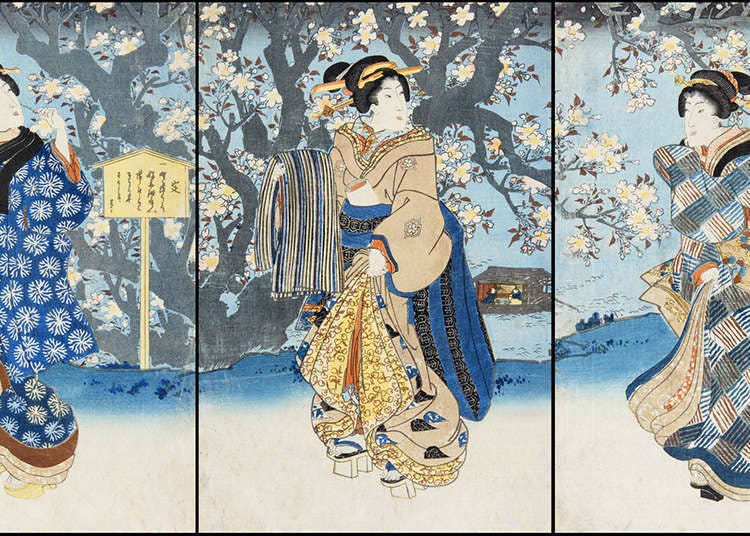
Ukiyo-e is a genre developed during the Edo period. Nishiki-e, which is a multi-colored woodblock printing, is the most popular form of Ukiyo-e. The content of the paintings spans every genre, from current affairs of the time, to portraits of celebrities, comical caricatures of personified dogs and cats, Bijin-ga (a generic term for pictures of beautiful women), and landscape paintings.
*Prices and options mentioned are subject to change.
*Unless stated otherwise, all prices include tax.
Popular Tours & Activitiess
Recommended places for you
-
Goods

Yoshida Gennojo-Roho Kyoto Buddhist Altars
Gift Shops
Nijo Castle, Kyoto Imperial Palace
-

Kambei Sannomiyahonten
Yakiniku
Kobe, Sannomiya, Kitano
-

ISHIDAYA Hanare
Yakiniku
Kobe, Sannomiya, Kitano
-

Kanzenkoshitsuyakinikutabehodai Gyugyu Paradise Sannomiya
Yakiniku
Kobe, Sannomiya, Kitano
-

Jukuseiniku-to Namamottsuarera Nikubaru Italian Nikutaria Sannomiya
Izakaya
Kobe, Sannomiya, Kitano
-
Appealing

Rukku and Uohei
Izakaya
Sapporo / Chitose
-

Keisei × Keikyu 16-Temple Goshuin Tour: Discover Deeper Tokyo & Yokohama
by: Guest Contributor
-

Enjoy Japan's Gorgeous Winter Lights! Ride the Romancecar to Shonan no Hoseki Illumination
by: Guest Contributor
-

Simply Oishii Wagashi School Discover Japanese Culture Through Wagashi: A Hands-On Experience!
by: Guest Contributor
-

[Extended Offer!](12% OFF KKday Coupon) Mt. Fuji Autumn Leaves, Powder Snow & More! 15 Best Tours to Experience Japan in Fall & Winter
-

New Seibu L00 Series Launching in 2026! What to See Along the Tokyo-Area Golden Route
by: Guest Contributor
-

Don't Miss Out! The One Thing You Must Do Before Shopping at Mitsui Shopping Park LaLaport: Get Your Max 10% OFF Coupon Book
-

Learn the Art of Flower Arrangement at Ohara School of Ikebana
by: Holly Neslusan
-

Tokyo Roppongi|Roppongi Station Area Map & Sightseeing Information
-

Maneki Neko: The Lucky Cats of Japan
-

Sapporo New Chitose Airport (CTS): Complete Guide to Restaurants, Souvenirs, Shopping & More!
-

Easy Day Trip from Tokyo! Ultimate Sightseeing Guide for Hakone & Lake Ashinoko!
-

[MOVIE] Folding Fun at the International Origami Center
by: Holly Neslusan
- #best sushi japan
- #what to do in odaiba
- #what to bring to japan
- #new years in tokyo
- #best ramen japan
- #what to buy in ameyoko
- #japanese nail trends
- #things to do japan
- #onsen tattoo friendly tokyo
- #daiso
- #best coffee japan
- #best japanese soft drinks
- #best yakiniku japan
- #japanese fashion culture
- #japanese convenience store snacks













